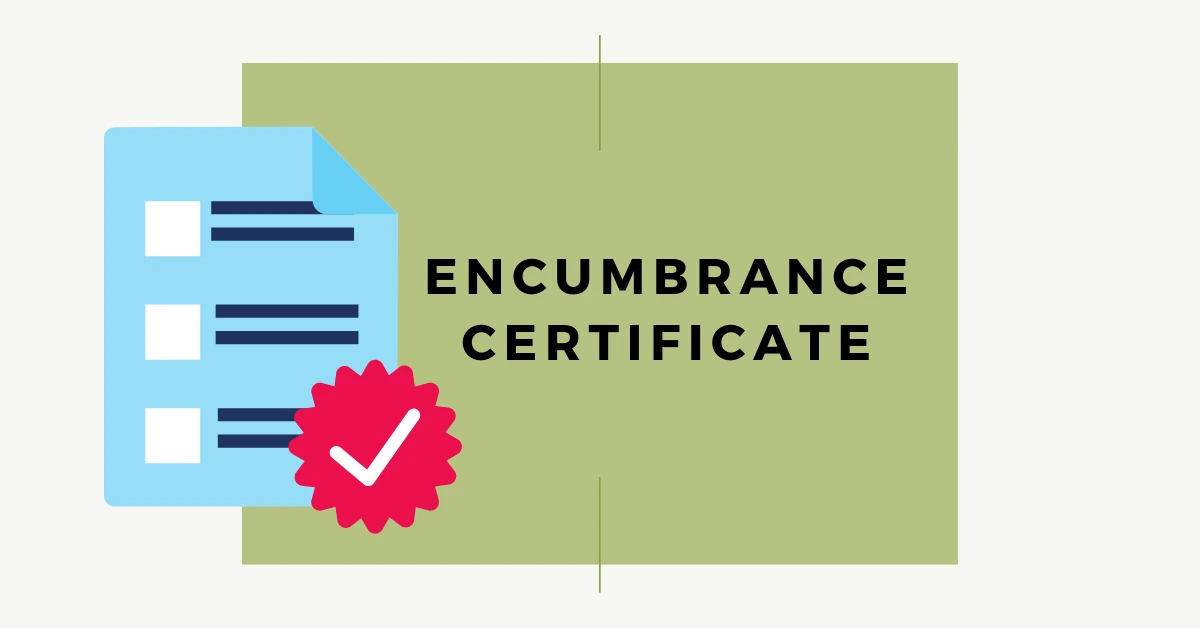
Encumbrance Certificate: Why It’s Important for Property Buyers
Introduction
When purchasing a property, verifying its legal status is crucial to avoid future disputes or financial liabilities. One of the most important documents in this process is the Encumbrance Certificate (EC). This certificate serves as proof that the property is free from any legal dues, mortgages, or pending liabilities. In this blog, we will explore the significance of the Encumbrance Certificate, its benefits for homebuyers, and key legal precedents supporting its necessity in property transactions.
What is an Encumbrance Certificate?
An Encumbrance Certificate (EC) is a legal document issued by the sub-registrar’s office, verifying whether a property is burdened with any financial or legal liabilities. It contains details about past transactions related to the property, ensuring that there are no outstanding mortgages, loans, or legal disputes.
Why is an Encumbrance Certificate Important for Property Buyers?
An Encumbrance Certificate is essential for property buyers due to the following reasons:
1. Proof of Clear Title
- Ensures that the property is free from legal or financial claims.
- Helps buyers avoid purchasing disputed or mortgaged properties.
2. Required for Home Loans
- Banks and financial institutions require an EC before approving a home loan to ensure that the property is not already pledged as collateral.
3. Essential for Property Registration and Resale
- An EC is needed during property registration to confirm its legal standing.
- Prospective buyers also demand an EC to validate ownership before resale.
4. Protection from Fraudulent Transactions
- Verifying an EC helps buyers avoid purchasing properties that are already under litigation or pledged for loans.
5. Tax and Legal Compliance
- EC is often required for property tax assessments and verifying rightful ownership in inheritance cases.
How to Obtain an Encumbrance Certificate?
To obtain an Encumbrance Certificate, follow these steps:
- Visit the Sub-Registrar’s Office where the property is registered.
- Submit an application along with details of the property.
- Pay the prescribed fee.
- The authority will verify records and issue the EC within a stipulated period (varies by state).
- Some states also offer an online application process for convenience.
Types of Encumbrance Certificates
1. Form 15 Encumbrance Certificate (EC with Encumbrances)
- Issued if the property has any pending mortgages, loans, or legal claims.
- Lists details of encumbrances such as mortgage lenders, loan amounts, and pending dues.
2. Form 16 Encumbrance Certificate (Nil Encumbrance Certificate)
- Issued when there are no encumbrances registered against the property.
- Confirms that the property is free from financial or legal liabilities.
Case Laws Supporting the Importance of Encumbrance Certificate
Several legal precedents have reinforced the necessity of an Encumbrance Certificate in property transactions:
1. K. Jagadeesan v. R. Sathyalakshmi (2005)
- The Madras High Court ruled that property buyers must conduct proper due diligence, including checking the Encumbrance Certificate, to prevent fraudulent sales.
2. Kalyani v. Janakamma (2018)
- In this case, the Kerala High Court held that a buyer cannot claim ignorance of a mortgage if an EC clearly indicated a prior loan on the property.
3. Suraj Lamp & Industries Pvt. Ltd. v. State of Haryana (2011)
- The Supreme Court emphasized that a property transaction must be legally registered and supported by valid documents such as an EC to ensure clear title and prevent fraudulent sales.
Recent Developments in Encumbrance Certificate Regulations
1. Digitalization of Property Records
- Many state governments, including Karnataka, Telangana, Tamil Nadu, and Maharashtra, have digitized Encumbrance Certificate services, allowing buyers to check property history online.
2. RBI’s Guidelines on Property Loans (2023)
- The Reserve Bank of India (RBI) now mandates banks to verify the Encumbrance Certificate before granting housing loans, ensuring properties are not double-mortgaged.
3. Government’s Push for RERA Compliance
- Under RERA (Real Estate Regulation and Development Act, 2016), builders are required to disclose property encumbrances before selling flats, protecting homebuyers from undisclosed liabilities.
4. Increased Legal Scrutiny in Property Transactions
- Courts are now imposing stricter requirements for buyers to verify Encumbrance Certificates before completing transactions to prevent ownership disputes.
An Encumbrance Certificate is a vital document that safeguards property buyers from financial and legal risks. With recent advancements in digital records and stricter legal enforcement, homebuyers must ensure they obtain and verify an EC before proceeding with any real estate transaction. The increasing reliance on EC by courts, banks, and regulatory authorities further highlights its significance in today’s property market.
Before purchasing a property, always check the Encumbrance Certificate to ensure a hassle-free and legally secure investment. With stricter regulations and better access to online records, homebuyers now have the tools to make informed decisions and avoid legal pitfalls in property ownership.
GET IN TOUCH
